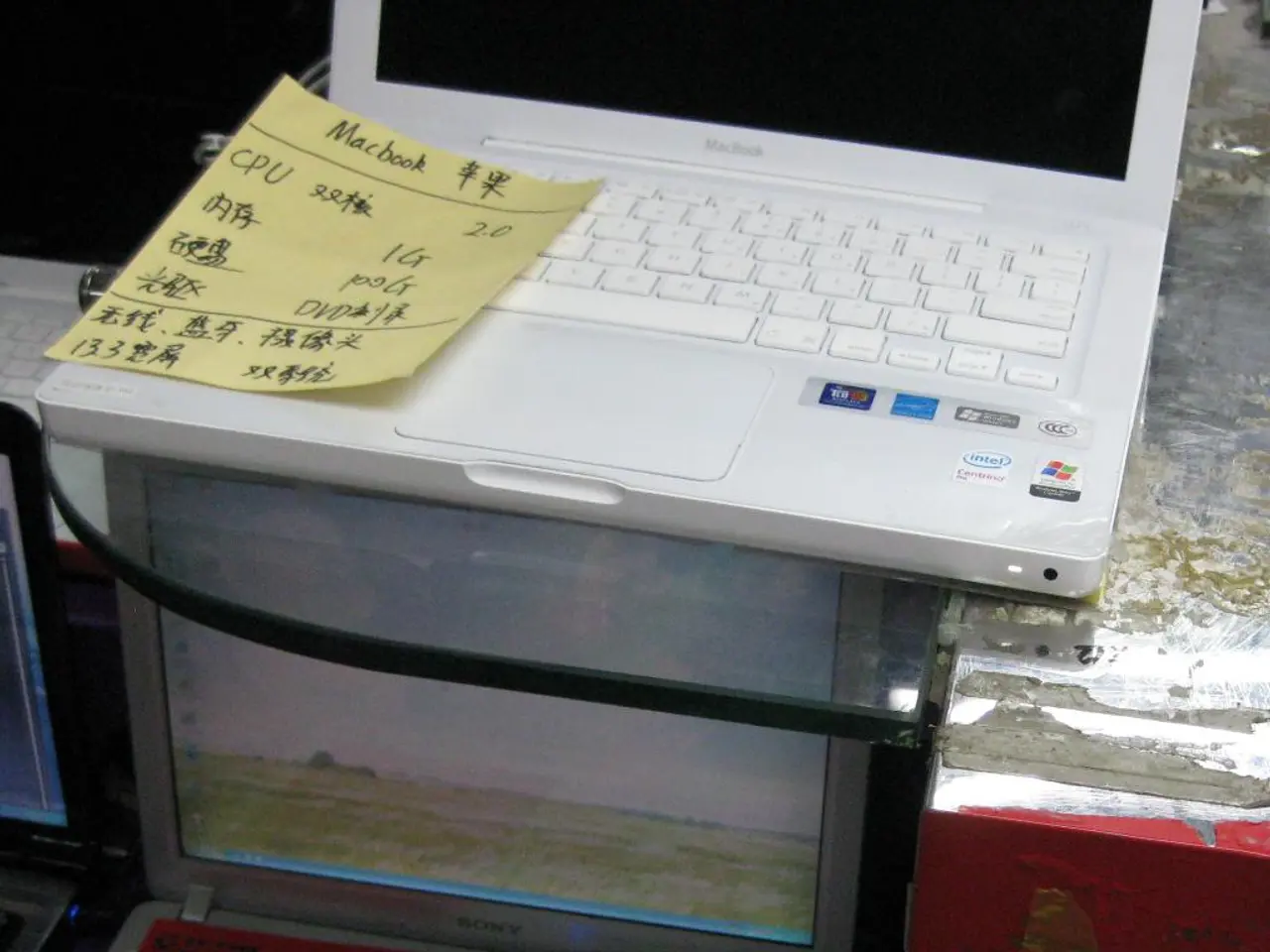Aquaculture Equipment Handbook Unveiled by NOAA: latest equipment guide for aquaculture industry
Sustainable and Profitable Marine Aquaculture in the U.S. with the NOAA Technical Guide
The U.S. is making strides in the aquaculture industry, thanks to innovative strategies that focus on providing safe and sustainable seafood to American families. One such initiative is the NOAA Technical Guide to Marine Aquaculture Gear, a comprehensive resource that aims to foster sustainable growth in the industry.
This guide serves as a technical reference and a decision-support tool, identifying various types of marine aquaculture gear, such as shellfish cages, fish netpens, and kelp long lines. It provides detailed information on their advantages, disadvantages, and considerations for installation, maintenance, and harvest. The guide includes illustrations, glossaries of key terms, and species descriptions to support resource managers, decision-makers, and aquaculturists in reviewing and permitting aquaculture projects across the U.S. [1][2]
The sustainable expansion of the U.S. aquaculture industry is facilitated by the guide in several ways:
- By providing a baseline understanding of different gear types, resource managers can assess aquaculture operations to ensure they comply with relevant environmental regulations and are suited to specific species, environmental conditions, and farm scales.
- The guide equips scientists and managers with updated information on proven and emerging technologies, enabling them to make informed decisions that protect marine ecosystems while boosting production.
- By informing infrastructure investments, the guide helps growers minimize financial risks. Gear choices significantly affect business costs and operational success, and reinvesting in another type of gear after committing to a particular one can be costly for farmers.
Moreover, the guide demonstrates how NOAA Fisheries is committed to supporting aquaculture science and research. Resource managers need to stay informed about aquaculture gear and technology, and this guide serves as a valuable tool in that regard.
The aquaculture industry is becoming more sustainable and profitable due to advances in gear, with the most important and largest line item on a farmer's business plan budget being for infrastructure. Co-location with existing infrastructure and the use of alternative materials in the development of aquaculture gear are some of the innovations that are being implemented to make the industry more efficient and sustainable.
In summary, the NOAA Technical Guide to Marine Aquaculture Gear acts as a catalyst for sustainable, regulated growth in U.S. marine aquaculture by aligning gear selection and management with ecological and economic needs. This guide is a significant step towards ensuring the continued growth and success of the U.S. aquaculture industry.
[1] NOAA Fisheries. (n.d.). NOAA Technical Guide to Marine Aquaculture Gear. Retrieved from https://www.fisheries.noaa.gov/aquaculture/technical-guides/noaa-technical-guide-marine-aquaculture-gear [2] National Oceanic and Atmospheric Administration. (n.d.). NOAA Technical Guide to Marine Aquaculture Gear. Retrieved from https://www.fisheries.noaa.gov/aquaculture/technical-guides/noaa-technical-guide-marine-aquaculture-gear
- The NOAA Technical Guide to Marine Aquaculture Gear, a valuable tool for resource managers and aquaculturists, is rooted in cutting-edge research and environmental science, incorporating best practices and emerging technologies in the field of aquaculture.
- The implementation of co-location strategies and alternative materials in the development of aquaculture gear, as inspired by the NOAA Technical Guide, underscores the role that technology plays in bolstering the sustainability and profitability of the U.S. aquaculture industry.




